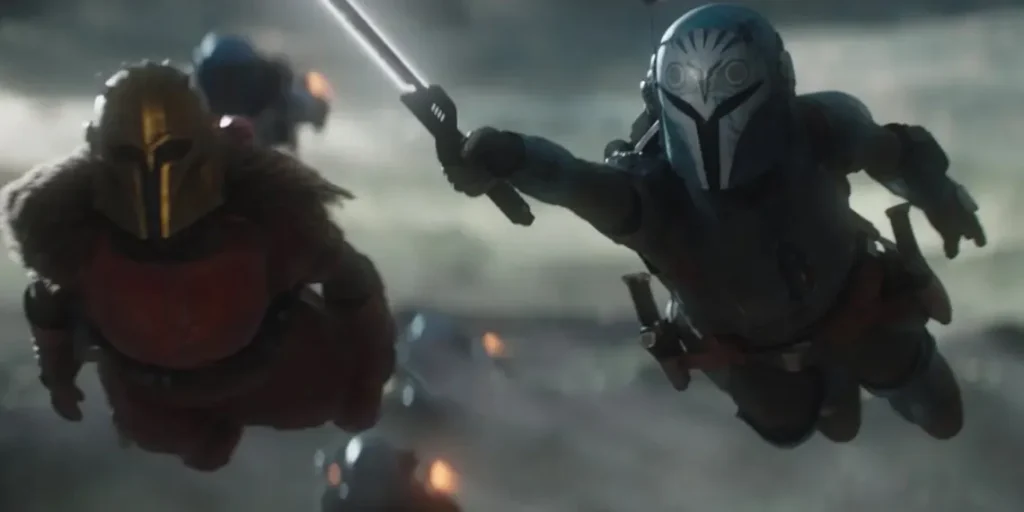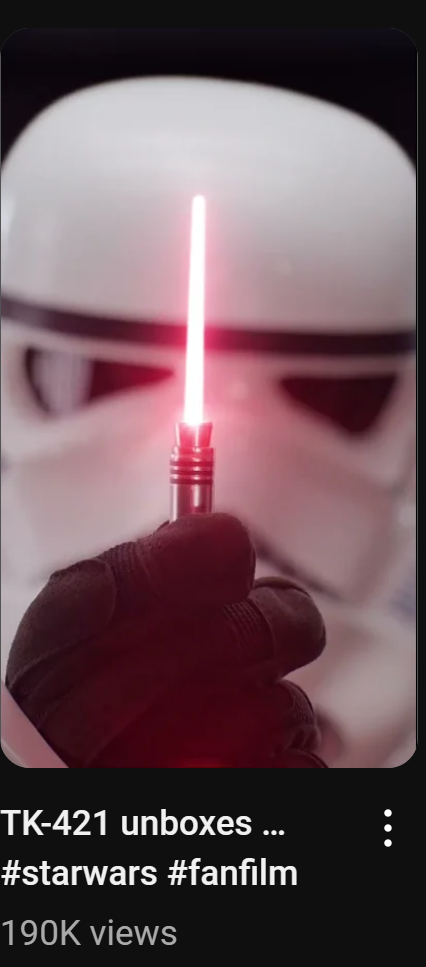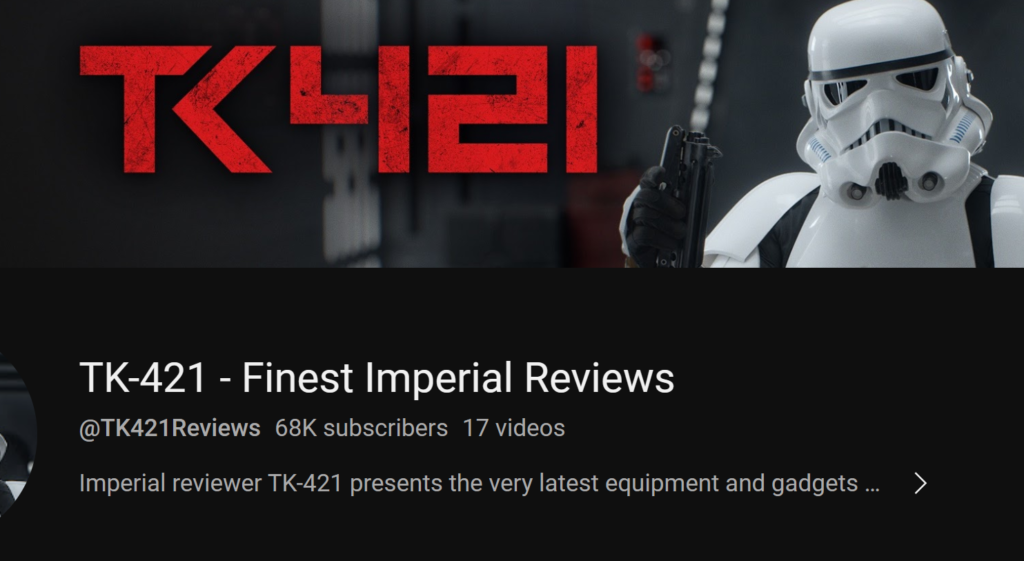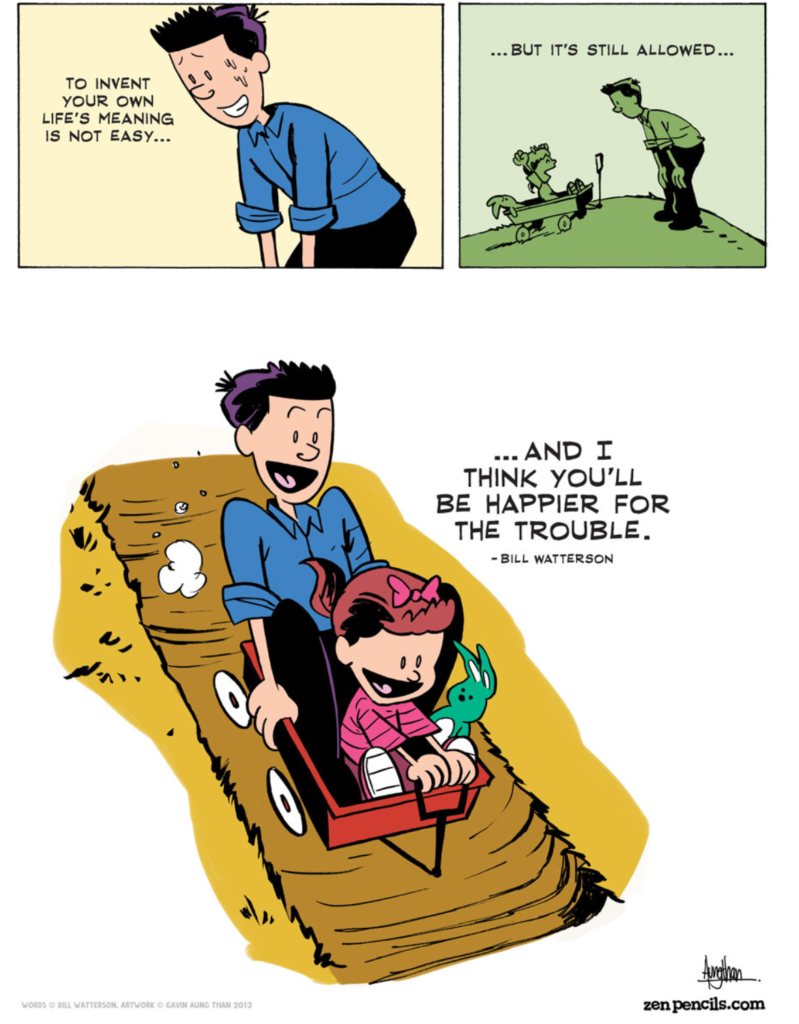From posts made to Mastodon account as of 2023-07-04
https://mastodon.online/@drimplausible
With looming introduction of Threads and the subsequent integration with the fediverse I thought a quick summary of a key piece of economics literature is in order. Likely too late, but perhaps not.
Basically, what is the Facebook or Meta business model?
The production of the audience commodity
(This is from 1977, by Dallas W. Smythe, so some of it may seem obvious in retrospect. Please read it through. Also I’m posting as I go, so it might take a bit).
So what is the question Smythe is trying to answer when it comes to the audience commodity? Basically, “what economic functions for capital do mass communications systems serve?” (And Google and Facebook both fit in with the “mass” in mass communications here).
In order to figure out this function, you need to figure out what the commodity they produce actually is. You might think you know the whole “if you’re not paying, you’re the product” line. This is part of that.
Now if you’re asked “what does media produce” you might answer something like content or information or messages or entertainment.
This is understandable. This is what it looks like they do. You’re forgiven if you thought that’s how it worked. This is the trad, orthodox, “idealist” POV. This is held by everyone from Galbraith to Marx to Veblen to McLuhan
So there’s a lot of press on this idea. Smythe’s argument is that it misses the point.
4/ So if the trad, orthodox, normal economics view of mass communication gets it wrong, what do they produce? What is the commodity form of advertising sponsored (mass)communications under late capitalism ?
Audiences and readerships.
The audience commodity.
Here the work, the labour power of the workers is resold to the advertisers. This is nominally the “consciousness industry”.
Remember: TV stations and walled platforms on the internet are factories that produce audiences for advertisers
So that’s a lot of the overarching stuff. let’s get into the specifics. Smythe has 8 main points. We’ll cover these quickly then move on to how it connects to Facebook and the fediverse
Q1) What do the advertisers buy with their money?
A) The services of audiences in predictable numbers.
It’s a service economy and we’re the ones providing the service.
(We’re also the ones being served up. Ironic!)
The commodity is the collective.
Q2) How do advertisers know they’re getting what they paid for?
A) Various ratings agencies, bitd, and the analysis which has largely moved in-house for streaming and internet platforms. This would be the Nielsen’s and a whole host of stuff under the umbrella of “market research”.
Q3): What institutions produce the commodity that advertisers want?
A) Principally, and traditionally, it’s the owners of TV and radio stations, and newspaper and magazine publishers. You can add most web platforms to this nowadays. Of course, there’s a host of secondary producers, and industries that provide content for the principal market, obviously, but this is the main outlet.
Q4) what is the nature of content in economic terms under late capitalism ?
A) it’s an inducement. It’s the “free lunch” that attracts the audience in the door, and encourages them to stay.
This speaks nothing to cost, “quality”, or format. In fact, the cheaper this can be procured, the better. A free lunch isn’t free, obvs, but someone is providing the bread and meat.
If the users bring their own, even better.
Q5): “What is the nature of the service performed for the advertiser by members of the purchased audiences?
A): The audience commodity is “a non-durable producer’s good bought and used in the marketing of the advertiser’s product”. The work the audience does is to learn to buy and consume various brands of products, and spend their income accordingly. If they can develop brand loyalty while doing this, even better
(Almost done, honest.)
Q6) How does the management of demand relate to the notion of “free” or “leisure” time under the labour theory of value?
A) The goal under monopoly capitalism is for all non-sleeping time to be work time. (For most of the population. I’ll let you do the math on the missing percentage yourself). Free time and leisure time are turned into work time. (And in the 21st century even work time can do double duty.)
(Note: Smythe goes on for 4 pages in Q6, above. It’s his key point and there’s a lot to unpack.)
Q7): Does the audience commodity perform an essential #economic function?
A) it’s complicated. As noted above, orthodox theories didn’t really go into this, and mass media and brands were before Marx ‘s time, so he didn’t say much about them either.
Smythe turns to the Grundrisse to tease out an answer: “production produces consumption” (p.91-2; that whole paragraph).
So, yes: essential.
Q8) Why have Marxist economists been indifferent to the role of advertising and focused on content instead?
A) Shiny things, obviously. Remember, this is being published in 1977, a decade before authors like Noam Chomsky would publish Manufacturing Consent.
Smythe published two versions of this, the peer-reviewed article I’ve been using, and again in 1981 in Dependency Road. Again, foundational. Critical for understanding what’s going on.
What does it mean for right now?
So just to link the above thread with some current events in social media:
Both Meta and Alphabet are well entrenched as advertising companies at this point. No surprises.
Also, it’s reasonably well known what’s going on, with the auction service being detailed in this explainer from @themarkup :
https://themarkup.org/privacy/2023/06/23/how-your-attention-is-auctioned-off-to-advertisers
And follow the link in their article to the breakdown of market segmentation by Microsoft in their Xandr platform.
(Part 2 coming tomorrow!)






